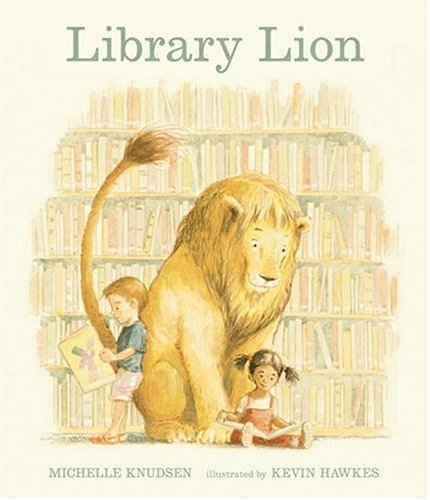
This was another Young Adult Realistic Fiction book I was required to read for class. In 2006 this book was a YA National Book Award Finalist and its no wonder due to the very real situations presented in the book. I read this book within 24 hours, but a big part of why was because it was so disturbing I just wanted to get it over with. Luckily it is an easy read and the "chapters" are more like pages with titles. I really liked this design of the book because it felt as though the main character, Lakshmi, was actually telling her feelings along with the story. Personally, I am on the fence on whether or not to have this book available to middle/high school students. The words were not too incredibly detailed, but detailed enough to really make me wince and want to cry uncontrollably. In fact, I read the first half at night before bed and I had terribly violent dreams that involved a man trying to steal me away to rape me from my true love. Unlike Lakshmi though, in my dream, I was able to beat the living daylights out of the bad man in my dream. Anyway, I say all this to show that even me, a 24 year old, had trouble coping with this book. Then again, it certainly raises awareness of how it is for younger girls in other countries; so I have to just say that I am on the fence.
If you are wondering what the story is about, well, I will tell you. The story starts out in Nepal where a young Lakshmi helps her 'ama' (which I believe is the word for woman) around the house with her baby brother and taking care of her stepfather, who apparently was kind enough to take them in after her real father died. Well her stepfather is lazy and selfish and only has 1 good arm. He uses all the money on his own pleasures and eats enough so that the women of the family sometimes go hungry for days. Below is an excerpt from the beginning of the book when she gets her "first blood" and her mother explains to her "Everything I need to Know" (That is the title of this page/chapter)...
"Before today, Ama says, you could run as free as a leaf in the wind.
Now, she says, you must carry yourself with modesty, bow your head in the presence of men, and cover yourself with your shawl.
Never look a man in the eye. Never allow yourself to be alone with a man who is not family. And never look at growing pumpkins or cucumbers when you are bleeding. Otherwise they will rot.
Once you are married, she says, you must eat your meal only after your husband has had his fill. Then you may have what remains.
If he burps at the end of the meal, it is a sign that you have pleased him.
If he turns to you in the night, you must give yourself to him, in the hopes that you will bear him a son.
If you have a son, feed him at your breast until he is four.
If you have a daughter, feed her at your breast for just a season, so that your blood will start again and you can try once more to bear a son.
If your husband asks you to wash his feet, you must do as he says, then put a bit of the water in your mouth.
I ask Ama why. 'Why,' I say, 'must women suffer so?'
'This has always been our fate,' she says. 'Simply to endure,' she says, 'is to triumph.'" (McCormick, p. 15, 2006)
That passage alone sets the tone for how women are treated and what the rest of the book is like. Anyway, after a monsoon takes over the rice crop for the season, Lakshmi's family is left needing money. Lakshmi wants to go work in the city as a maid and thinks this is what is happening when her stepfather comes to take her away. She is passed off to 3 different people, each paying a little more. She still has no idea what is happening to her until she is thrown into a room, locked in, and beaten until every part of her body is covered with welts. She then learns she must work off her debt to the fat women who owns the "Happiness House" she is working in. She doesn't find out until the end of the book that all the work and horrible things that she had done were for nothing because her family was never going to see that money. Through out the story there is talk of diseases and different absurd things these young girls endure in this horrible place. The ending leaves you with a sense of peace, although it is still VERY sad to know this is happening as we speak in the brothels of India. The Author has a note in the back about the research she did for the book and the figures are just horrifying.
These young girls and families will be placed on my prayer list from now on! It really makes you step back and evaluate your own life and see that the things you think are so horribly and pain enduring are not near what they could be in other places in the world. Books like this can really open your eyes, but like I said before, I am not sure about the idea of having a book like this in a middle school library. High school, maybe, but middle might be too soon.
Bibliography:Mccormick, P. (2006).
Sold. New York, NY: Hyperion Books.







